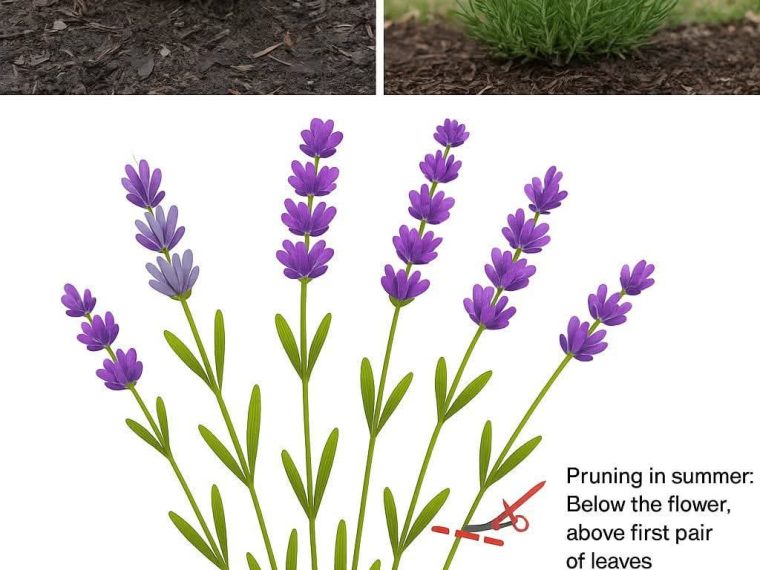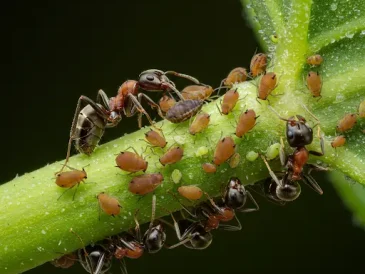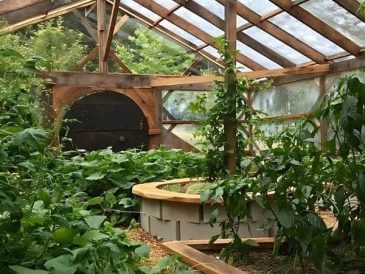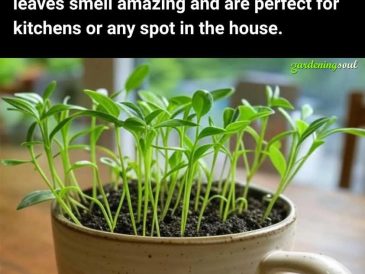Lavender is a beloved plant, not only for its calming fragrance but also for its vibrant purple blooms that attract bees and butterflies. However, many gardeners are disappointed when their lavender plants produce sparse or short-lived flowers. With the right care, you can boost your lavender’s blooming potential and enjoy a flourishing display all summer long.
Here are 7 expert-backed tips to help you grow more lavender flowers this season.
1. Choose the Right Location – Full Sun is Non-Negotiable
Lavender is a Mediterranean plant that thrives in full sunlight. To encourage more blooms, place your lavender where it will receive at least 6 to 8 hours of direct sunlight per day.
✅ Tip: Avoid planting in shady or partially shaded areas. Without adequate sunlight, the plant will focus on foliage rather than flowers.
🪨 2. Ensure Well-Drained Soil
Lavender hates wet feet. Poor drainage leads to root rot, which stunts flower production. Use sandy or loamy soil with excellent drainage. If your garden soil is heavy, amend it with gravel or coarse sand to improve aeration.
✅ Bonus Tip: Use raised beds or plant on a slight slope to encourage water runoff.
3. Prune Properly and at the Right Time
To stimulate new growth and flower buds:
To stimulate new growth and flower buds:
- Prune in early spring (after the last frost) to shape the plant and remove dead wood.
- Lightly trim again in late summer after the first bloom cycle to encourage a second flush of flowers.
🚫 Don’t cut into old wood, as lavender doesn’t regrow well from hardened stems.
🌱 4. Avoid Overwatering – Lavender Likes it Dry
Lavender is drought-tolerant once established. Overwatering can dilute essential oils and discourage blooming.
- Water deeply but infrequently.
- Let the soil dry out completely between waterings.
5. Limit Fertilizer Use
Unlike many flowering plants, lavender does best in low-nutrient soil. Fertilizing too much will encourage lush green growth but fewer flowers.
✅ Use compost or organic mulch sparingly once or twice a year.
🌿 6. Deadhead Spent Blooms
Once the flowers fade, snip them off (deadheading) to encourage the plant to produce new blooms. This keeps energy going into new flower spikes rather than seed production.
✂️ Use clean, sharp pruning shears and trim just above a new leaf set.
🔁 7. Choose the Right Variety of Lavender
Some lavender varieties naturally produce more blooms than others. For high flower yield:
- Try Lavandula angustifolia (English Lavender)
- Or Lavandula x intermedia (Lavandin), which is known for larger blooms and stronger fragrance
Final Thoughts
With a bit of planning and care, you can turn your lavender into a flower-producing powerhouse this summer. The key lies in mimicking its native environment: sunny, dry, and not too rich. Add in timely pruning and proper spacing, and you’ll have bees buzzing and flowers blooming all season long.





